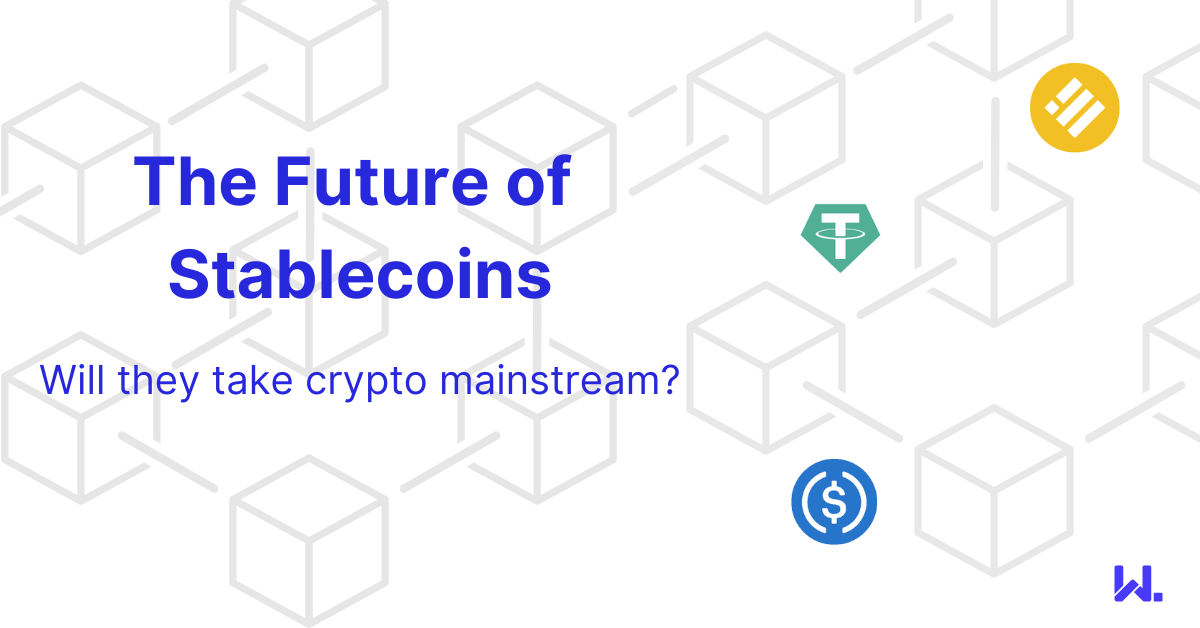Web3 Data
One of the common themes that have surfaced in a number of my conversations on Web3 innovators is that in the long run, blockchain will be powering many applications behind the scenes. Users will not need to be aware of this fact. Even today, anyone using a decentralised application is made acutely aware of the fact that they are using blockchain.
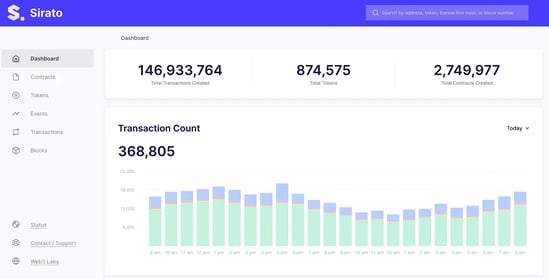
How much friendlier can we make blockchain data?
Whether they're trying to sign a transaction using Metamask or a Ledger, or looking for evidence of a transaction on a blockchain explorer, they are confronted with hexadecimal and other details which should only be in the realm of developers. Not your users.
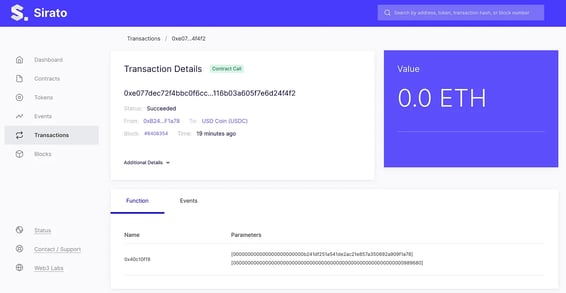
For non-technical users, this sort of information is meaningless, but they are often confronted with it.
It's like in the very early days of the internet, users had to use Unix terminals to use email, or to transfer files using FTP. We know that web3 UX needs to improve and simplifying interactions using browser-based and hardware wallets is challenging. Due to the valuable nature of the assets they are securing and that reversing transactions isn't possible, it's a challenging problem to solve. However, there are other areas where we can do a lot more. This is an area close to home to me, especially as one of our main product's jobs is to display on-chain data to users.
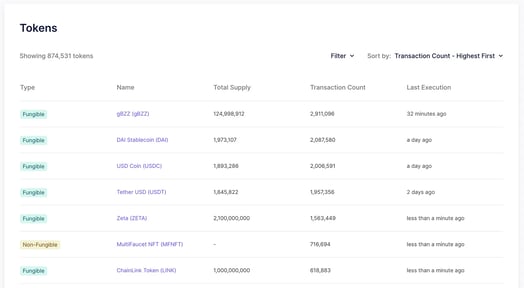 We believe tokens should be the main abstraction for users, but we can still do more
We believe tokens should be the main abstraction for users, but we can still do moreWhen people are engaging with content online, they are doing so either for leisure or work purposes. Regardless of the motivation, they are carrying out activities that ultimately serve their own self-interest in many cases. Currently, most web3 users are engaging with some sort of token or currency. Be that a cryptocurrency, utility token or NFT, there's a reasonable chance that some token is the primitive they are interested in.
Perhaps it’s to send a token to another person or participate in an NFT mint or DeFi protocol. Regardless of the activity, this is where most users are currently.
However, many of the tools users rely on still provide a blockchain-centric view of their activities, instead of being user-centric . If I send a token to another wallet, I want to see when that token appears in another wallet. I don't care about the details of the transaction as long as it succeeded. However, what often happens is that when I kick off a transfer, I head to a block explorer to see the details of the transaction. From here, I need to wade through technical details to try and figure out what is happening. This can become a minefield of implementation details for the end user.
Specifically, as tokens are represented using smart contracts in Ethereum, there are many functions that can be used, which you may see in block explorers. These names include:
- safeTransferFrom
- transferFrom
- transfer
Then in addition, if someone is using a multi-sig wallet there can be further complexities thrown into the mix, where smart contracts are delegating these transactions to other smart contracts on this behalf.
TLDR ; there is a lot of underlying complexity taking place when they are performing operations on a blockchain such as Ethereum. But worse of all, they are still being presented with this information when trying to carry out trivial tasks.
Just because information resides on a blockchain, it should not be presented in terms of how it is stored . Imagine if every time someone transferred funds with their banks, instead of seeing a simple ledger entry, they were confronted with details of the associated database transactions or API calls that are taking place behind the scenes.
It's madness to think this would be adequate for the average person, but right now in much of web3 that is what users experience.
There are projects that try to fully abstract the complexity away from users. This is the approach taken by web 2.5 projects or centralised crypto or NFT platforms. Here users work with regular email or social credentials, and the platform takes care of the underlying complexity.
But this not only goes against the "not your keys, not your crypto" ethos at the heart of web3. It also leaves users exposed to failures such as we've seen with Celsius, BlockFi, FTX and Genesis.
The abstractions that users are adopting need to be promoted front and centre. Users shouldn't be presented with details of what is happening on blockchain networks. Data and analytics platforms such as blockchain explorers tend to focus on displaying blockchain information, which is only really information that developers care about. That's fine when their audience is developers. However, most web3 applications still refer their users to them when they undertake a transaction.
This is not what they were designed for. Blockchain data should primarily be concentrated on token activity, as that is what most users care about . More in-depth information should be available if required. But this complexity should be hidden. Metamask with its portfolio feature is a great example of progress here . Users can easily see details of all of the assets that they hold in their wallets.
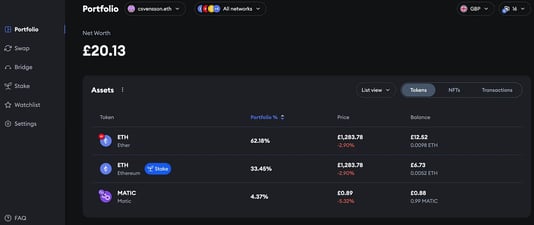
Metamask’s new portfolio view
We need this sort of thinking for users who are trying to make sense of the activity taking place on blockchains. Users shouldn't be trying to make sense of block explorers. They should be presented with dashboards that provide them with information about the tokens contained within. Digging deeper they should see details of token transactions taking place. It's only when they really want to start getting into the internals that they start having to care about smart contracts and the more intricate blocks and transactions.
It's a big issue for newcomers to web3 trying to understand what is happening in these blockchain networks. We have a responsibility as builders to lower the barriers to entry as much as possible. This isn't just down to the UX in terms of wallets, but also for all interactions with web3 applications and services. I believe that not enough is being done to simplify access to the data that users care about, and this is one area where there is a lot of room for us to grow as a community.
We are committed to this goal with our Sirato data and analytics platform , and over time hopefully, others will follow suit.


